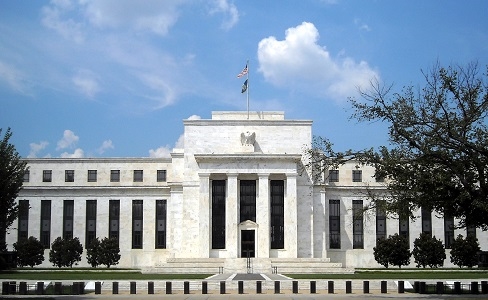Mifid II takes step but faces many hurdles
The European Commission has approved a deal between its Council and Parliament over its Mifid II reforms but various hurdles still stand in the way of the far-reaching regulation, writes Jonathan Watkins.
The European Permanent Representatives Committee said on Thursday it had approved on behalf of the European Council the compromise agreement struck with the European Parliament in January.
 This leaves the bill needing to pass through the Economic and Monetary Affairs Committee (ECON) on March 3 and a plenary in April before continuing its long journey towards implementation.
This leaves the bill needing to pass through the Economic and Monetary Affairs Committee (ECON) on March 3 and a plenary in April before continuing its long journey towards implementation.
The live date for the implementation of the European legislation is still pencilled in for 2016 as agreed at the G20 summit in Pittsburgh in 2009.
While regulators have been quick to herald the agreement as a milestone, there remains a lot of work still to be done in order to implement Mifid II.
Only 700 of the 18,000 pages of Mifidf II text have been published and some 106 technical standards still need to be published for consultation.
According to regulatory think tank, JWG, over the next three years more than a thousand regulatory documents will be published, both by European and national authorities, relating to Mifid II.
“All of that information is going to have to be read, analysed and acted upon, so the workload is enormous,” said PJ Di Giammarino, chief executive of JWG.
“While the Mifid II and MiFIR text is now close to being finalised, this only marks the start of a long tug of war between market participants and regulators ahead of expected implementation in 2016.”
JWG said the next step for the legislation is for lawyers to begin correcting inaccuracies and inconsistencies in the text which will then be subjected to a consultation and discussion process.
This is something the European Securities and Markets Authority (ESMA) will be working on with the European Council.
According to Ed Parker, head of derivatives at law firm Mayer Brown, if the slow rollout of the European Market Infrastructure Regulation’s (Emir) clearing requirement is anything to go by, the market could be waiting a while.
“ESMA will still have to cover and formulate rules for the technical and implementing points, and this will involve some decisions on controversial points,” said Parker.
“Looking at the path taken by ESMA for EMIR, movement will be slow and subject to intense lobbying, and the detail of these rules will affect whether there is a positive or negative balance between investor protection, and cost and liquidity.”
“It will be some time before we know the final shape of MIFID.”
In its latest workplan, ESMA said it will continue its preparatory work on the Mifid II Level 2 empowerments, with a view to consulting as soon as possible after the legal text is agreed.
The authority will likely be working with the European Commission on implementing the technical standards for Mifid through this year.
“ESMA identified more than 100 separate documents, covering regulatory and implementing technical standards, technical advice and guidelines and recommendations,” said Christian Voigt, product manager at Fidessa.
“ESMA has to deliver a good share of these documents within 12 months of Mifid II / Mifir entering into force, while the rest may be even later.”
The Mifid directive and the related Mifir regulation are aimed at promoting the integration, competitiveness and efficiency of the EU financial markets.
The legislation is also looking to curb commodity speculation through position limits, move derivatives trading onto organised venues and tackle the issue of high frequency trading.
It will also introduce Organised Trading Facilities for the trading over over-the-counter derivatives, much like swap execution facilities (Sefs) in the US.
It has been four years since the European Commission, Union and Parliament agreed on Mifid II and the market is still potentially three years away from seeing the rules enforced.
With the amount of time spent analysing and perfecting the text, participants will be hoping the aims of the directive are achieved and the market ultimately benefits from opening up competition and increasing transparency.
Found this useful?
Take a complimentary trial of the FOW Marketing Intelligence Platform – the comprehensive source of news and analysis across the buy- and sell- side.
Gain access to:
- A single source of in-depth news, insight and analysis across Asset Management, Securities Finance, Custody, Fund Services and Derivatives
- Our interactive database, optimized to enable you to summarise data and build graphs outlining market activity
- Exclusive whitepapers, supplements and industry analysis curated and published by Futures & Options World
- Breaking news, daily and weekly alerts on the markets most relevant to you



